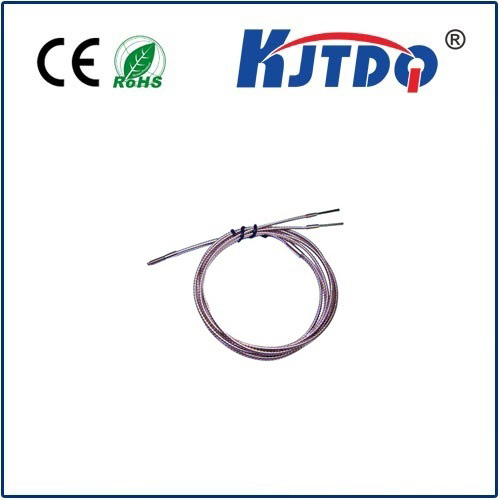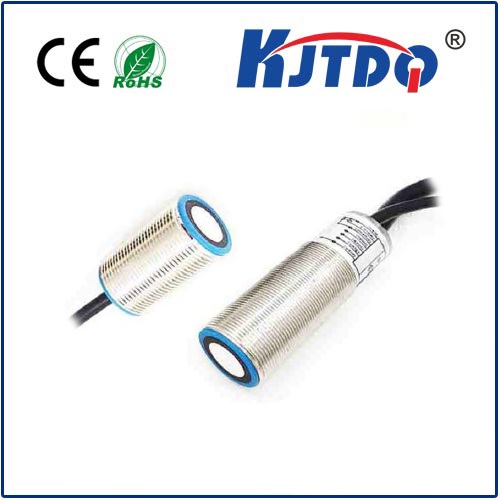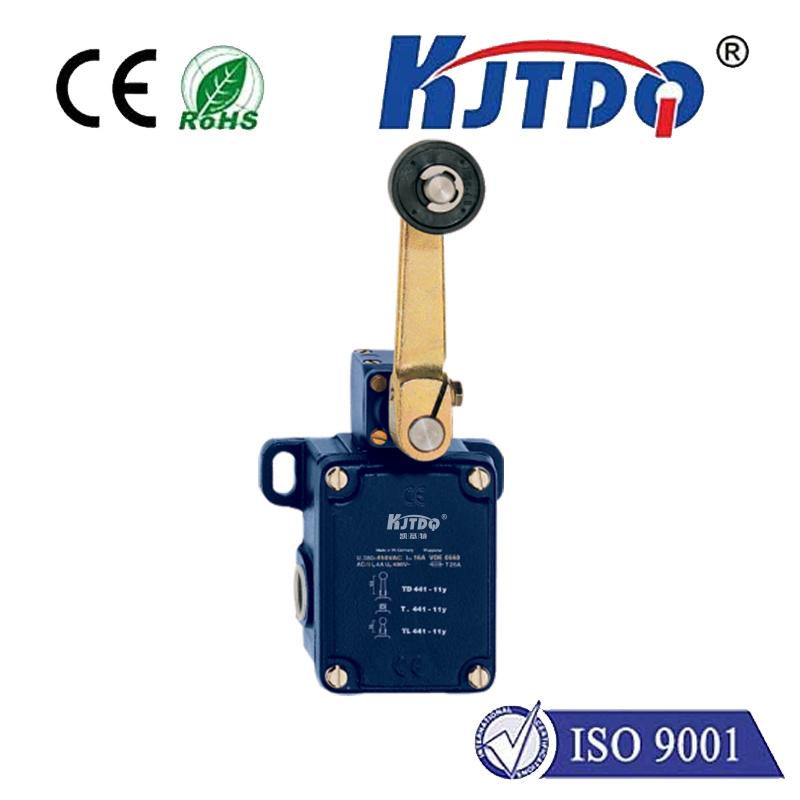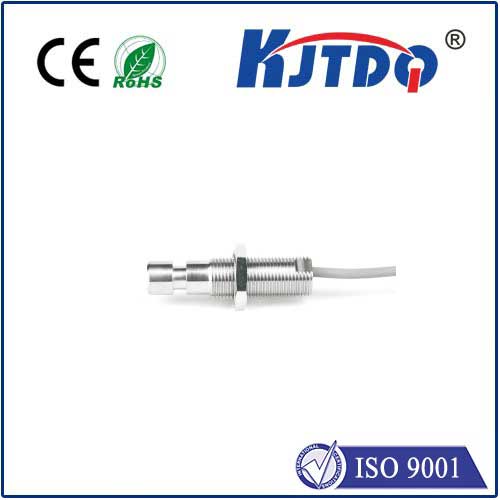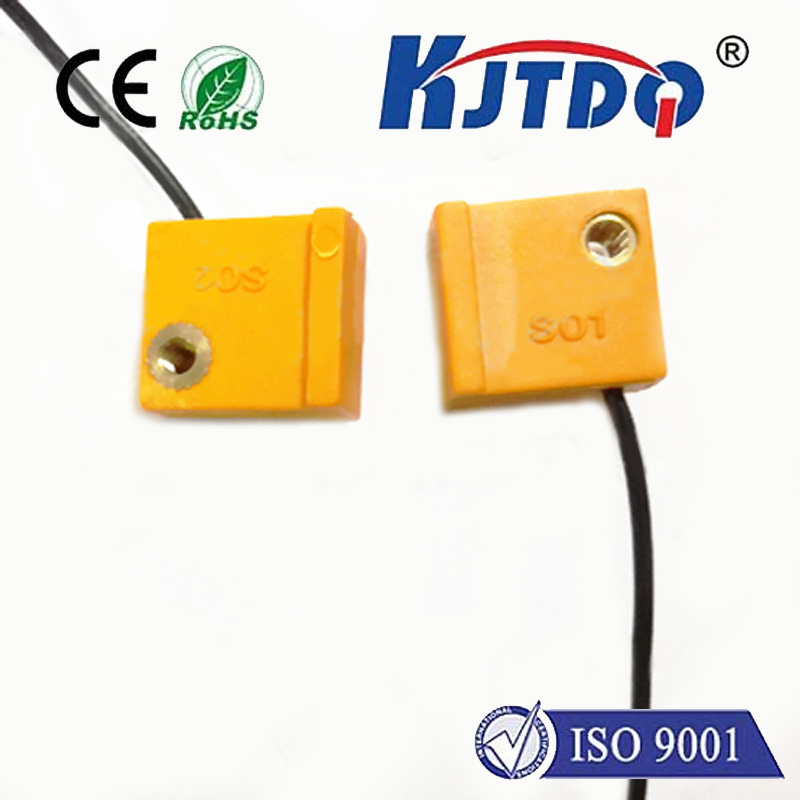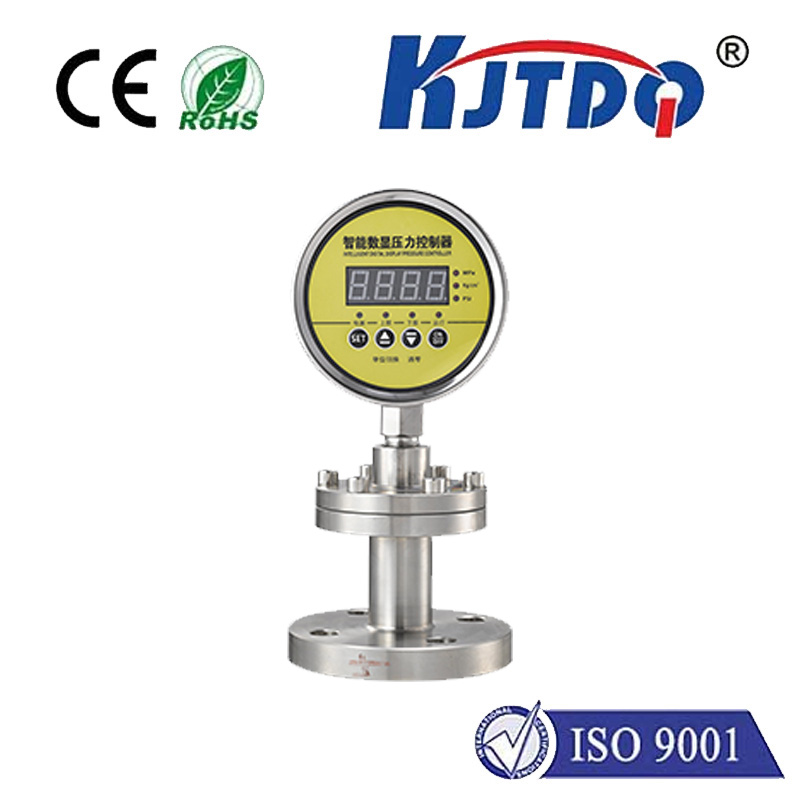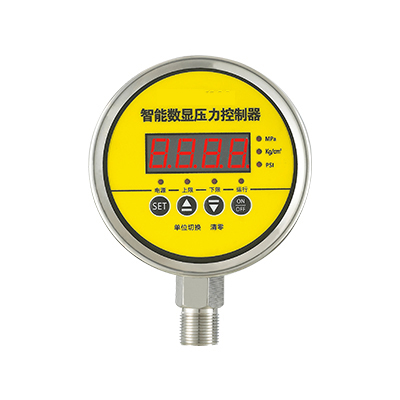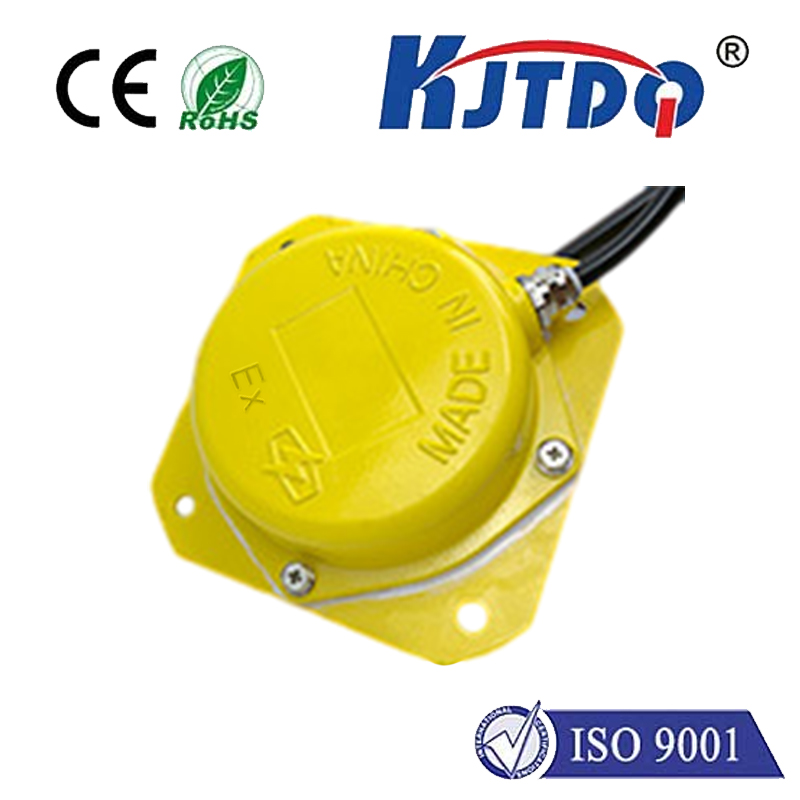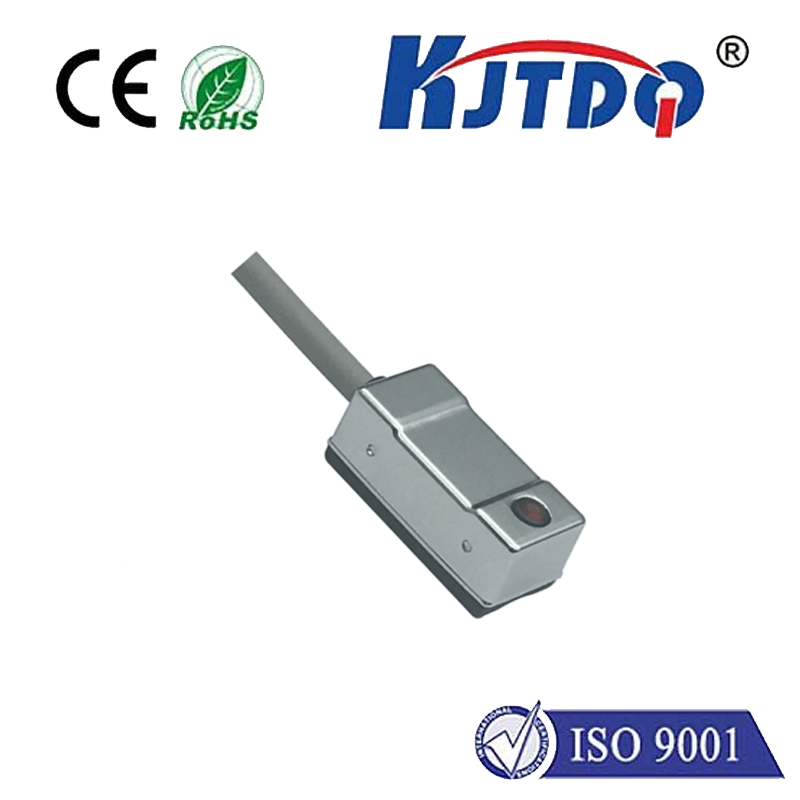

check

check

check

check

check

check

check

check

check

check
Limit switches are electronic components used in industrial machinery to detect the presence or absence of an object, and control the movement of the machine. They come in various types like rotary lever, roller lever, fork-shaped lever, etc.}
Limit Switch: A Key Component in Automation Technology
In the world of automation technology, one component that plays a pivotal role is the limit switch. This essential device is designed to detect the presence or absence of an object, thereby facilitating the control of machinery movements. Among the diverse types of limit switches available – including rotary lever, roller lever, and fork-shaped lever – the limit switch arm stands out as a crucial component.
The Significance of a Limit Switch Arm

A limit switch arm is attached to a limit switch and operates as an extension that interacts with the machine's moving parts. It is this interaction that triggers the switch mechanism, signaling the detection or non-detection of an object. The arm is adjustable to ensure it aligns accurately with the machine’s movement, providing precision in operation.
Types of Limit Switch Arms
Just as there are variations in limit switch designs, there are also different configurations of limit switch arms. Depending on the specific application and machine setup, these arms can be straight, L-shaped, or angled. Each design caters to distinct mechanical orientations and ensures maximum efficiency in detecting objects within the machinery system.
The Importance of Proper Specifications
To guarantee that a limit switch arm functions optimally, understanding its technical specifications and compatibility with other components is essential. Manufacturers such as Allen-Bradley provide detailed bulletins and manuals for their limit switches. These documents outline the compact/precision, hazardous location, heavy-duty, and metal variants of limit switches, offering insight into the appropriate selection and application of each type.
Conclusion
In conclusion, the limit switch arm serves a critical function in automation technology as a part of the limit switch mechanism. The arm's interaction with a machine's moving parts determines whether operations proceed as programmed. With numerous configurations and applications available, selecting the correct limit switch arm requires an understanding of its technical specifications and compatibility with the overall machinery system. As we look to the future of automation, the development and enhancement of components like the limit switch arm will undoubtedly continue to shape the industry's progression.
